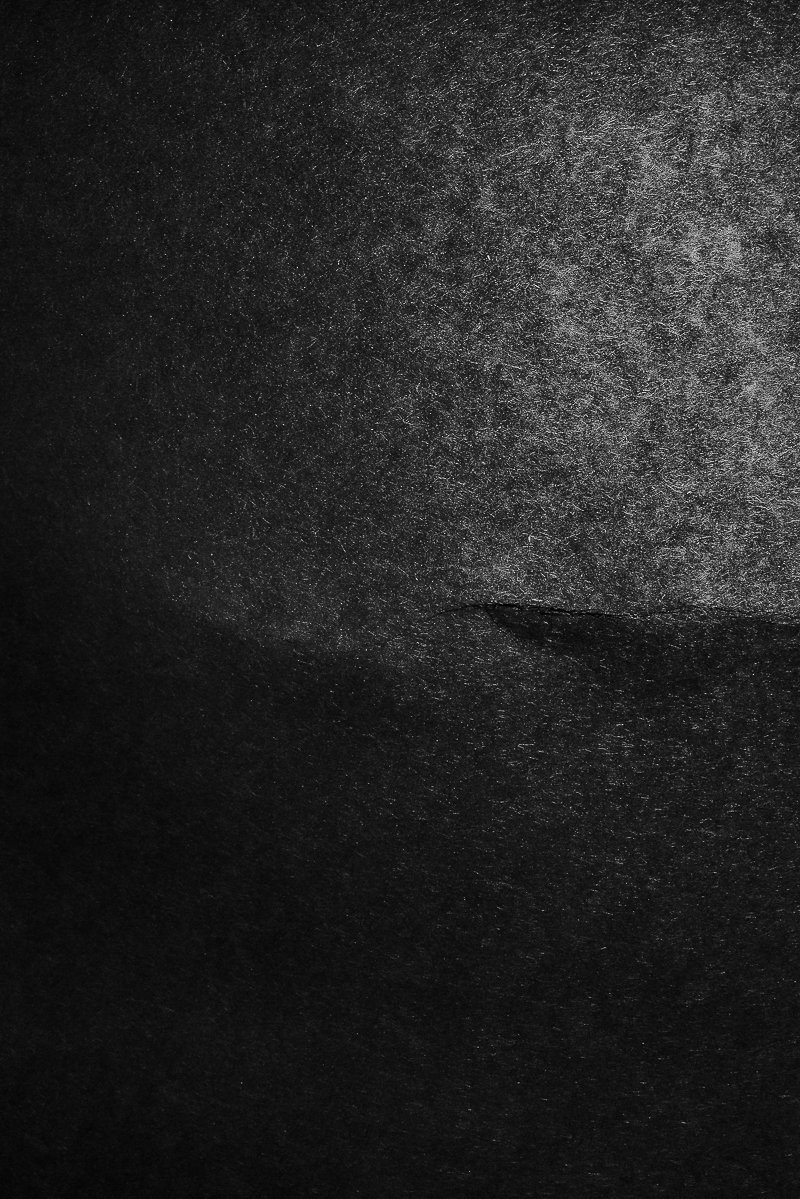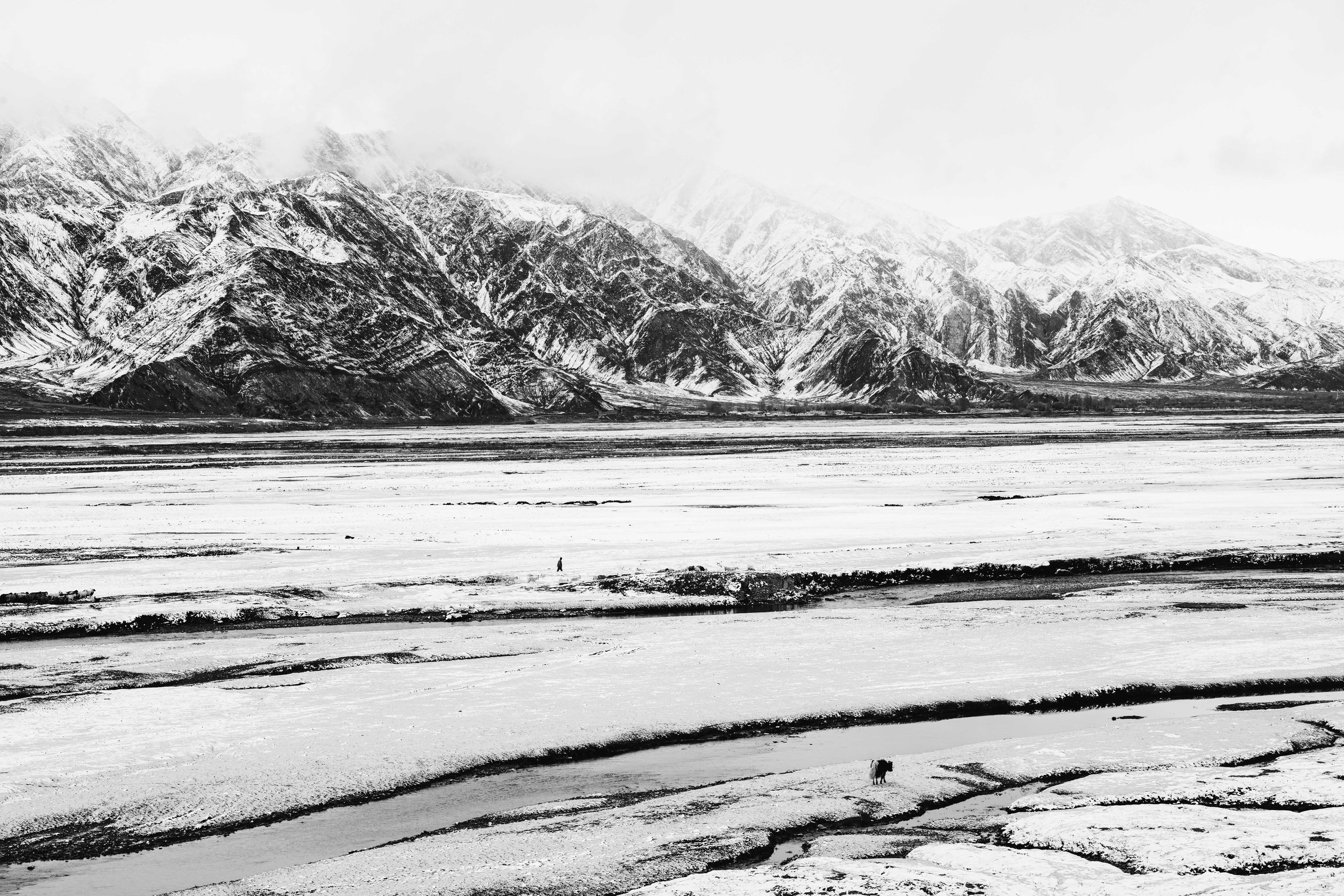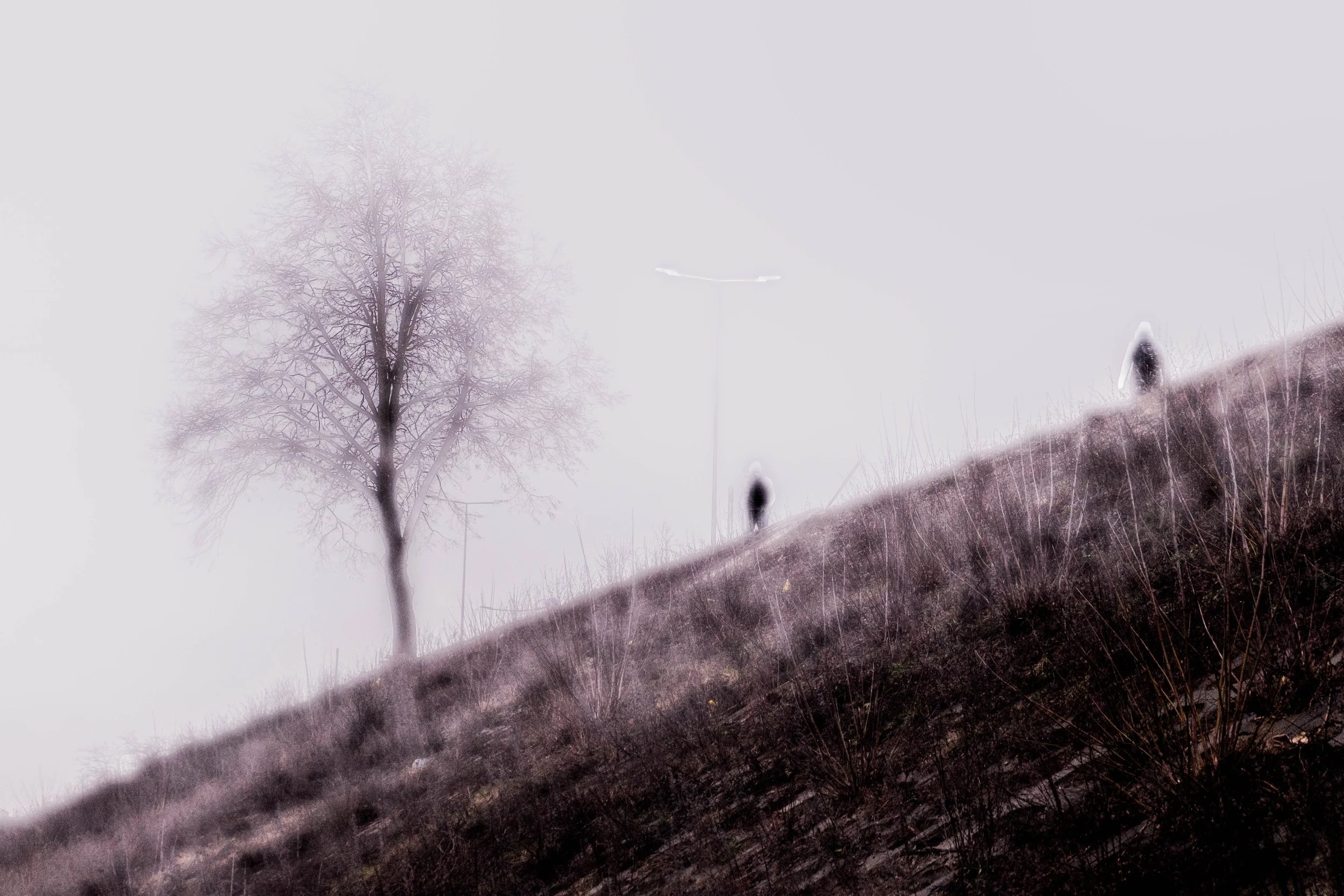10 Questions with Jiabao Sun
Jiabao Sun is a visual artist and photographer born in 1995 in Zhejiang, China. After graduating with a Bachelor of Arts degree in Photography in her hometown, she moved to Atlanta, where she earned a Master of Fine Arts degree in Photography at the Savannah College of Art and Design. Jiabao’s work continually explores the variability and ambiguity of emotions and personal feelings. Her artistic expression is not limited in form, using photography, alternative photographic processes, and poetry to visualize the thoughts and dialogues inside her.
Jiabao’s work has been exhibited in various galleries both in the USA and internationally. Her work has also been featured in numerous publications, including SHOTS Magazine, Dodho Magazine, Aint-bad, and Artforum. She currently lives and works in Atlanta, GA.
Jiabao Sun - Portrait
ARTIST STATEMENT
“The thing, called
self or soul,
in the dark
in the long silence
will be my companion.
As time goes on, I realized that it was no longer easy for me to conceal my emotions. They are always abundant but restrained. Being with myself disengages me temporarily from reality and immerses me in the universe of emotions. I enjoy the silence and appreciate the rich thoughts that being alone brings to me. At the same time, I deal with ambiguous and incomprehensible darkness hidden deep in my heart. The project aims to visualize my inner dialogues and thoughts, which are sensitive, fragile, and dark.”
- Jiabao Sun
Two Flowers, Photography, 33x22 cm, 2019 © Jiabao Sun
Noēsis | Project description
Noēsis is a photography-based mixed-media series that combines elements of imagery, written poetry, and audio sound. The project visualizes my inner dialogues and emotions, which are full of sensitivity, fragility, and darkness. This project gives voice to them through written and spoken poetry. The body of work serves as a physical trace exploring the universal topic of the relationship between temporality and personal emotions. This is accomplished through the therapeutic words, the interaction of the voice and visual text, and digital and historical photographic processes.
Melting Away, Cliché-verre, 15x12 cm, 2020 © Jiabao Sun
INTERVIEW
First of all, introduce yourself to our readers. How did you start getting involved with art? And when did you realize you wanted to be an artist?
I was born in 1995 in Hangzhou, Zhejiang, China. After graduating with a Bachelor of Arts degree in Photography in my hometown, I moved to Atlanta. I earned a Master of Fine Arts degree in Photography at the Savannah College of Art and Design. I grew up in a family which is full of art. My grandfather was an architect, my uncle is a photographer, and my mom is an interior designer. Not to mention that they have a tremendous explicit impact on me, but they all have a subtle influence on me. I met the best professors and the most competitive peers during my master's program. I learned to make alternative photographic processes that I had never experienced before, which inspired me to create more works. In the two and a half years of my master's program, I gained much photographic knowledge and many more important things. Like I learned how to plan better a new project, the importance of the project's proposal and artist statement, how to better art criticism, how to use skills to practice aesthetics, and so on. There doesn't seem to be a specific time. This whole journey of learning art has slowly turned me into an artist.
You moved from China to Atlanta to study at the Savannah College of Art and Design. How did this change influence your work? Do you feel your work changed following this experience?
In the more than twenty years of my life, I have never separated from my family. I came to the United States from my hometown, a physical and psychological experience I had never had before. This experience significantly influenced my art creation. Early in my MFA program, I became aware of my inner change and decided to use it as inspiration for my art creation. Knowing my inner depression, how emotional changes affect me, thinking about how to visualize this change artistically, and how I get along with loneliness these processes all record my growth.
Gained, Photography, 33x22 cm, 2021 © Jiabao Sun
How would you define yourself as an artist today? And what differentiate you from the others?
My experiences, principles, aesthetics, and emotions all make up my unique story, which is the foundation of my artistic vision and creation. This is why every artist is unique.
In this increasingly flattering world, many people make profitable art, changing their art to cater to the social media market. They chose to do so. I hope I keep improving my skills, creating distinctive style work, and never forget why I started.
You work with photography but also incorporate analog and mixed media techniques. How did you develop this style?
It has been more than three years since I first came to the United States. In the past years, I have undergone significant changes, including in my emotions, cognition, and work. These changes are directly related to the environment, the people I meet, and what has happened in these years. It is these changes that have shaped me today. At different time points on this timeline, I created different series of works in different ways, but these works also express my changes during this time. I see art as an outlet for my emotional expression, and art is not limited to form. No matter what mode of expression, they are a kind of tool. They have been able to help me present what I wanted to express in that environment and moment.
Your series Noēsis visualizes your "inner dialogues and emotions". How do you approach a new series? Do you mostly rely on feelings or tend to work more around concepts and ideas?
During my MFA program, each quarter was only ten weeks long, and in this high-pressure environment of having to create works in a short period of time, I had to face the changes in my feelings directly and thus transform them into my art. It's not a bad thing. Emotions, concepts, and ideas are indispensable in artistic creation. Concepts serve as the foundation for a project to begin, running through the entire project. Feelings and I are interdependent. My personal experiences and change cause feelings at any time, and I integrate feelings into artistic creation.
Feeling Lost, Photography, 4.5x3 in, 2020 © Jiabao Sun
Lament, Photography, 4.5x3 in, 2020 © Jiabao Sun
Noēsis combines images, written poetry, and audio sound. Why did you decide to use different mediums for this project? And what does each medium represent for you?
At first glance, the entire project seems to be divided into different components, poetry, landscape, painting, and still life. This is also the question I get the most when showing work to others. However, regardless of the form of representation, I spend time being with myself when I make them. I spend time getting along with the words, the location, brush, and ink, or objects, and communicating with them. I enjoy the act of manipulating them, just as I am manipulating my emotions. They are all abstract but in different ways. They all expressed my emotions at a certain moment or in a certain place. They are all very important in this project, and they are equally indispensable.
Images, the most significant proportion of the Noēsis project, give the audience the first impression of my work. Poetry is one of the most direct forms of emotional expression. I can write it allusively on purpose to prevent others from quickly understanding my intentions. For me, writing poetry is more like a safe box that can preserve my emotions. American singer, musician, and poet Patti Smith stated that poetry could build a pure and direct bridge for communication. In the thesis exhibition, I used sound and looped a recording of myself reading poems. The sound occupied the intimate exhibition space by speaking slowly and in a deep voice. Under the joint action of voice and visual text, the experience is deepened, thus becoming an immersive experience. For me, reading poetry aloud was a whole new experience, which was a process that has given me a new understanding of the poems. The voice, to some extent, blurred the order in which people accepted images and words. By mixing these two, all the components in the project were matched, and emotional resonance was well realized as an indispensable element in the project.
The series is relatively minimal in its visuals, relying entirely on black and white images. Why do you choose this look, and how do you balance this minimalism with the richness of the work's themes and concepts?
Noēsis explores the dialogues and emotions deep in the world inside me and visualizes these thoughts and dialogues. Emotions and personal feelings can be vague or variable. At the beginning of the project, I felt anxious and melancholy, and I couldn't face my feelings optimistically. Artistic expression is a way for me to release my emotion and helps me learn to coexist with negativities in the creative process.
Color adds a step to read the image. To a certain extent, removing the color makes or forces people to pay more attention to the subject matter itself. In addition, the black and white aesthetic is closely associated with history through photographs, highlighting the importance of the time element in this body of work.
Noēsis proves these most basic personal emotions also reflect the sincerest of human emotions. Regardless of whether we are from Eastern or Western cultures, as human beings, our emotions are connected. While the expression of emotions has differences, the essence does not.
Light Passing Through, Cliché-verre, 15x12 cm, 2020 © Jiabao Sun
Peak I, Photography, 33x22 cm, 2019 © Jiabao Sun
Peak II, Photography, 33x22 cm, 2019 © Jiabao Sun
Let's talk about the art world. In the past couple of years, we have witnessed major changes, from the global pandemic to the surge of digital art and NFTs. Did you notice any change in the approach people have towards art and your work in particular?
Art is subjective. There is no doubt that people's attitudes towards art have changed qualitatively. The pandemic has not only changed how people live but also dragged art into the Internet.
Now I am working in a fine art photography gallery. I'm still touching the prints that are decades old. I also need to handle those elaborate frames. This experience made me inseparable from my unique feelings for the actual print. I enjoy being able to see the graininess of silver gelatin prints. Digital art is excellent, but it is emotionless and conveyed by the screen.
Dehydration, Photography, 33x22 cm, 2019 © Jiabao Sun
How do you keep people engaged in your work? Do you use social media and online platforms and exhibitions, or do you prefer in-person interactions?
I must use social media and websites to present my work in the internet age. As a portfolio, they can be browsed and spread more conveniently by people. But I enjoyed the in-person interaction with the audience. Take my thesis exhibition as an example. Different parts of the images have been presented in different ways. The landscape photos taken with a pinhole camera were presented and displayed in a small size with a white mat and black frame. They carry a kind of feeling of intimacy and privacy. Using a film camera is very slow and uncertain because there is no viewfinder. I enjoyed the process very much, and the pictures presented at the end also captured my mood while taking the photos. For the still life images, I printed them on a large scale, framed with no margin and no glass, and with black spacer and frame. Under such conditions, the black images can create a space that immerses the audience when viewing the work, as if they are about to be sucked into the darkness. While reducing the interference of reflections, it also reduces a layer of barriers so that the audience can better experience the sense of space revealed by the work and experience the topic of the universal relationship between temporality and personal emotion.
Finally, what are you working on now, and what are your plans for the future? Anything exciting you can tell us about?
To all artists and myself: keep creating.



























